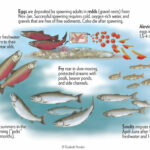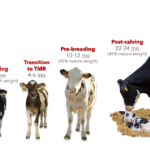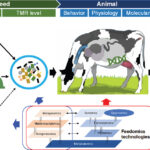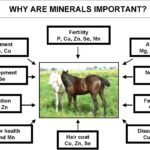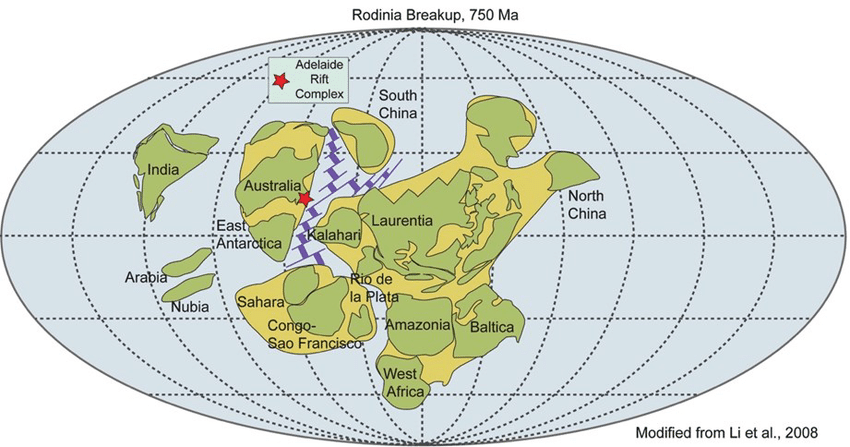Seawater intrusion (SI) is an ecological problem caused by the encroachment and infiltration of salt water (typically brackish water or seawater) into freshwater surface and groundwater supplies in coastal areas. This intrusion can transform landscapes, reduce agricultural viability, and contaminate freshwater reserves. It is a growing issue in numerous coastal regions worldwide, including China’s Yangtze River estuary, the East Coast of the United States, parts of Europe such as the Netherlands and Italy, and North African nations like Algeria and Egypt. The consequences of saltwater intrusion vary significantly, from economic damage due to lost farmland to severe humanitarian crises caused by dwindling potable water supplies. The severity of intrusion depends on unique geographic, climatic, natural resource, and population conditions at each location. Increased salinity can degrade wells, groundwater basins, and aquifers, leading to freshwater shortages for drinking and irrigation.
Causes
The primary cause of saltwater intrusion is the rising global sea level due to climate change. Since 1880, global sea levels have increased by 21–24 cm (8–9 inches), with the rate of rise doubling in the 21st century to more than 3 mm (0.1 inch) per year. Low-lying island nations, such as Kiribati, face significant threats, with many islands predicted to become uninhabitable by 2050.
As global temperatures rise, sea levels increase due to thermal expansion and melting polar ice sheets and mountain glaciers. Climate change also intensifies extreme weather events, such as droughts, storms, and floods, which exacerbate saltwater intrusion. Drought conditions can lead to salt accumulation in dry soil, as minimal water is available to flush it out. Lower river levels also allow saltwater to migrate upstream. Additionally, more intense storms produce larger swells and stronger storm surges, pushing seawater farther inland. Flooding from high tides has surged by 300 to over 900 percent compared to 1975, further contaminating freshwater sources and affecting coastal communities.
Other significant contributors to saltwater intrusion include river diversions for irrigation, which lower water levels, and excessive groundwater extraction from aquifers. In coastal areas, when groundwater is pumped faster than it is replenished by precipitation, the reduced freshwater pressure allows saltwater to infiltrate and contaminate aquifers, rendering wells unusable. For example, on Hilton Head Island, South Carolina, only two of a dozen original drinking water wells remained functional as of 2024, with the rest compromised by saltwater.
Effects
One of the most critical effects of saltwater intrusion is its impact on drinking water supplies. Elevated sodium levels in drinking water can stress the kidneys and contribute to health issues such as hypertension, heart disease, calcium loss, and dementia. The World Health Organization recommends a drinking water sodium limit of 200 parts per million, while the U.S. Environmental Protection Agency suggests a much lower advisory range of 30–60 parts per million.
Saltwater intrusion also poses a severe threat to agriculture, leading to freshwater salinization syndrome. This condition causes high salt concentrations to mobilize other soil pollutants, such as nitrogen, a common farming byproduct. Once released, these pollutants flow into nearby bodies of water, triggering algal blooms. Excessive algae growth and subsequent die-offs deplete oxygen levels, endangering aquatic ecosystems and biodiversity.
Global Examples of Seawater Intrusion
Mississippi River, United States
Seawater intrusion into the Mississippi River during the summer and early fall of 2023 highlighted the delicate balance between land and sea. The intrusion was primarily driven by drought in the Midwest, which reduced river flow and allowed saltwater to move inland. By October 2, 2023, the saltwater “wedge” had advanced nearly 70 miles upstream from the river’s mouth. As climate change accelerates sea-level rise and extreme weather patterns, these intrusions will likely become more frequent and extend farther inland.
The Sundarbans, India and Bangladesh
The Sundarbans, one of the world’s largest coastal mangrove forests and a UNESCO World Heritage Site, is experiencing seawater intrusion at the mouth of the Ganges River. The primary causes include upstream dams, river water diversions for irrigation and navigation, and sea-level rise. This intrusion endangers rare and endangered species that inhabit the region, threatening biodiversity and local ecosystems.
Groundwater Intrusion and Its Hidden Impacts
In many coastal regions, groundwater serves as the primary freshwater source. However, underground seawater intrusion occurs when groundwater levels drop inland or when ocean water levels rise offshore. Saltwater naturally pushes inland due to its greater density compared to freshwater, and excessive groundwater pumping exacerbates this shift.
In California’s central and southern groundwater basins, extensive pumping has lowered groundwater levels by hundreds of feet in some areas. This imbalance allows seawater to infiltrate underground reserves, jeopardizing freshwater availability. Agriculture, particularly crops like strawberries and lettuce, faces a dual crisis of decreasing groundwater resources and increasing salinity.
Island Communities: A Looming Crisis
Some of the most vulnerable locations to seawater intrusion are low-lying islands, where fresh groundwater exists in a thin lens floating atop saline water. This delicate balance is easily disrupted by droughts, excessive groundwater extraction, sea-level rise, and storm-driven flooding.
For instance, in the Marshall Islands, sea-level rise and wave-driven floods threaten to make many islands uninhabitable by the end of the century. As these freshwater sources diminish, the availability of drinking and irrigation water becomes increasingly uncertain, putting island communities at risk of displacement.
Seawater intrusion is a growing global concern driven by climate change, rising sea levels, extreme weather events, and unsustainable water management practices. It threatens freshwater supplies, agricultural productivity, and entire ecosystems. Effective mitigation strategies, including sustainable groundwater management, improved irrigation practices, and protective infrastructure, are crucial to addressing this issue and safeguarding communities worldwide.
Thank you for reading. Don't forget to subscribe & share!

